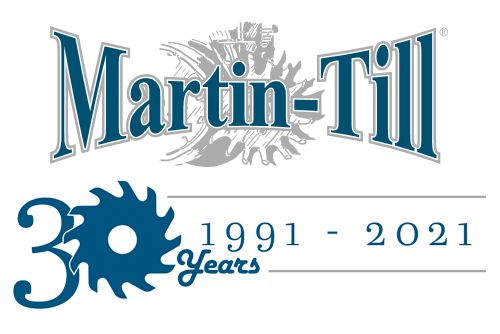Growers in all countries face shared challenges, such as expensive equipment or the responsibility to preserve the land for future generations. But some agricultural challenges are more specific to a grower’s region or country.
Charlie Morrey, an ag journalist who grew up on a farm on the Isle of Man, an island off the western coast of England, says European farmers are currently facing unique hurdles, the biggest of which could jeopardize food security in certain regions of Europe.
“The most important thing for everyone is food security,” Morrey says. “If you don’t have food, there is no future. It’s really that simple.”
Diminishing Grain Markets
Right now on the Isle of Man, Morrey says some farmers are encountering diminishing markets. One such example is a flour mill that previously sold about 80% of their flour to a local bakery.
“The bakery shut its doors a few years ago, and now the mill just doesn’t need the same amount of wheat,” Morrey says. “It wasn’t until April that the mill turned around and told the farmers that they wouldn’t be needing any more wheat this year. But that’s a bit too late when they’ve already got everything in the ground. The only route for them now is to export it to England, which is at an extortionist cost.”
Morrey says most farmers wouldn’t break even and would be taking a financial loss by exporting their wheat. As a result, some farmers have requested that the government implement a road haulage equivalency scheme, a rate for shipping freight via sea, but at road equivalent rates, It would be based on a similar scheme that is currently available to Scottish farmers.
“The government is dragging their feet and taking their time,” Morrey says. “My biggest worry is that they’re going to take too long and then there aren't going to be any arable farmers left.”
According to Morrey, this would also pose a risk of having a domino effect on other sectors of agriculture in the area.
“At the end of the day, every sector within agriculture needs each other,” Morrey says. “They all work as a whole. They all might have some different views on everything but they are all important.”
Challenges for Livestock Producers
Morrey says dairy farmers on the Isle of Man have also had to deal with some tough decisions recently.
“Last year in the U.K., the milk price was really good, but on the Isle of Man, the price was lacking about 11 pounds ($14 USD) behind,” Morrey says. “However, if the farmers had decided to export it, the cost would’ve been about 11 pounds as well. So they were really stuck between a rock and a hard place.”
Similarly, livestock farmers have also had some issues getting their animals into the meat plant, according to Morrey.
“The plant will tell these farmers that they can take in 80-100 animals, and then the very next week, it will turn around and cut that number in half,” Morrey says. “Suddenly if you’re a livestock farmer and you’ve just gotten these animals fattened up and ready to go, your only option is to export. One wagon can cost around 5,000 pounds ($6,419 USD), so there is just no return for these farmers.”
Morrey says the struggles in the ag industry on the Isle of Man are very easy to see because it is a relatively small place with about 85,000 people living on the island. But she knows that these struggles are happening all over Europe and in other parts of the world as well.
“It’s infuriating when you are somewhere that has every opportunity to be self-sufficient, and the government doesn’t do their part,” Morrey says. “You’re doing your part to help the environment by cutting down on food miles and supporting the local economy. Although the government says this is what they want, they aren’t doing anything to help and support the farmers in that sector who are doing their best to make it happen.”
Positive Changes
One thing that Morrey finds encouraging is the amount of European farmers adopting regenerative ag practices, such as cover crops and no-till. Having grown up on a farm that regularly planted cover crops, she always assumed it was the norm.
“I suppose I was a bit naive to think that everyone was doing it,” Morrey says. “I just figured everyone rotated their crops because it just makes sense if you want to keep your soil healthy. It’s kind of a no-brainer.”
While some farmers that Morrey has worked with have land where the ground is a bit “dodgy,” they still try to keep tillage to a minimum because they know that compaction will become a problem, and they want to keep any soil disturbance to an absolute minimum whenever possible.
Morrey says that regenerative agriculture could be something that has a positive domino effect on parts of Europe if farmers can continue to share the benefits and success stories of it with each other.
“I was on the phone with a farmer in Newcastle, northeast of England, just the other day, and we were talking about his soil’s biomass,” Morrey says. “One of his friend’s has just gotten into regenerative farming, and he’s practically been singing it from the rooftops to everyone that will listen.”
The No-Till Passport series is brought to you by Martin Industries.
Since 1991, Martin Industries has designed, manufactured and sold leading agriculture equipment across the U.S. and Canada. Known for Martin-Till planter attachments, the company has expanded to include a five-step planting system, closing wheel systems, twisted drag chains, fertilizer openers and more in their lineup. Their durable and reliable planter attachments are making it possible for more and more farmers to plant into higher levels of residue.








Post a comment
Report Abusive Comment